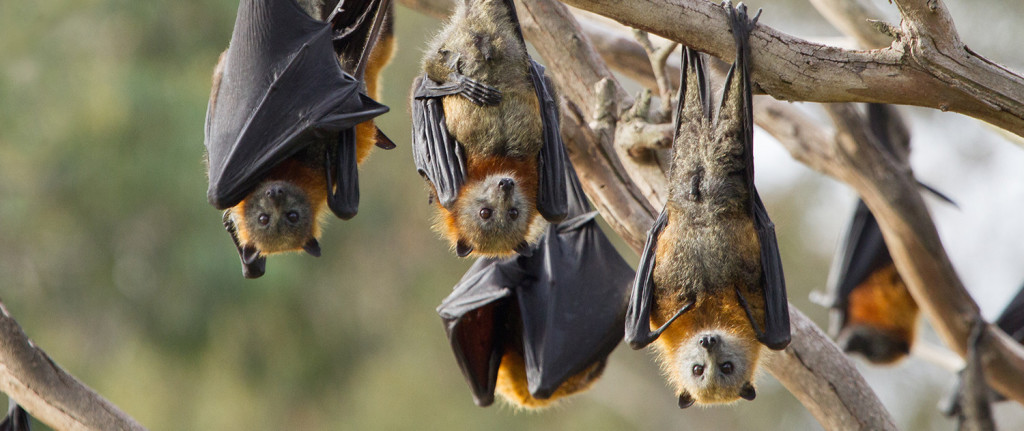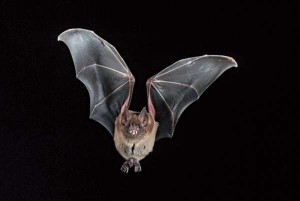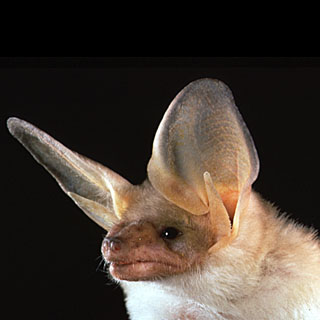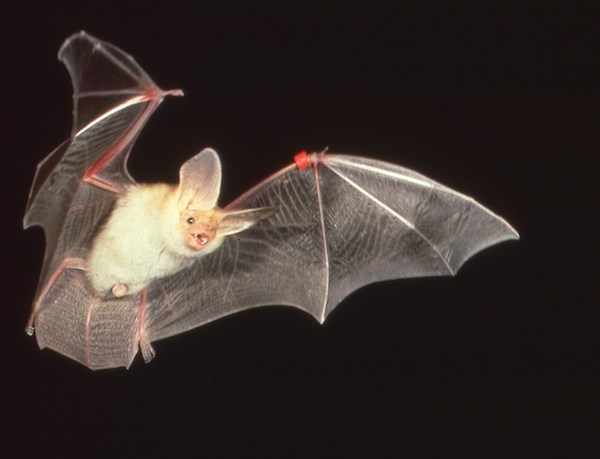Bat Week | Bats in San Diego
 Have you ever wondered what it would be like to fly like a bird? Well, birds aren’t the only flying animals we see in the sky. At dusk and throughout the night until dawn, the owls aren’t the only ones awake! They share the sky with a truly unique nocturnal mammal that most people know of but are rarely seen. They are the only mammals capable of true flight: introducing the BAT!
Have you ever wondered what it would be like to fly like a bird? Well, birds aren’t the only flying animals we see in the sky. At dusk and throughout the night until dawn, the owls aren’t the only ones awake! They share the sky with a truly unique nocturnal mammal that most people know of but are rarely seen. They are the only mammals capable of true flight: introducing the BAT!
 With 23 species found in San Diego County, you might be wondering where they all are. Firstly, bats are “nocturnal” meaning they are active throughout the night from dusk to dawn. To contrast, animals that are awake in the day are called “diurnal”. But if you stay up all night, it doesn’t guarantee you will see a bat. You need to know where to look first! 21 of the 23 species of bats in San Diego eat insects (“insectivores”). The other two rely on nectar to survive. So you need to look for places that insects might gather – the tops of trees, clearings, open spaces around a water source, etc. You will often see bats flying in groups using “echolocation” to find their food and navigate their surroundings.
With 23 species found in San Diego County, you might be wondering where they all are. Firstly, bats are “nocturnal” meaning they are active throughout the night from dusk to dawn. To contrast, animals that are awake in the day are called “diurnal”. But if you stay up all night, it doesn’t guarantee you will see a bat. You need to know where to look first! 21 of the 23 species of bats in San Diego eat insects (“insectivores”). The other two rely on nectar to survive. So you need to look for places that insects might gather – the tops of trees, clearings, open spaces around a water source, etc. You will often see bats flying in groups using “echolocation” to find their food and navigate their surroundings.
Echolocation is a special adaptation bats and some other animals (eg. dolphins) use to help detect food or obstacles in their path. It is what allows bats to navigate and find food in the dark. They emit a sound from their mouth or nose and that sound then bounces off an object and is reflected back to the ears of the animal, and that animal can then sense what is in front of them, how big it is, if it is moving, etc. It is a way for bats to visualize their surroundings without any light to see by. 
The big question you might have is that since bats are so hard to find, how do we know what species are in an area? How do we study them? The Living Coast Discovery Center is involved in a project that will help answer this question and allow us to learn more about the bat populations on Sweetwater Marsh. With our partners at the San Diego Natural History Museum, a project has been in place for over a year to try to detect a species of bat called the pallid bat (Antrozous pallidus). To find out what bats are in the area, the researchers use sounds to identify the different species. Five “AnaBat” detectors were set up around our site and they recorded the echolocation sounds that the bats made and the information was later downloaded and interpreted.
Although no pallid bats have been detected on Sweetwater Marsh so far, there are 10 other species confirmed to be in the area including some that are a California species of special concern. Although information is still being collected and interpreted, what we learned is that there is more bat activity on Sweetwater Marsh than was previously expected!
Try looking up at the sky around dusk to see if you can catch a glimpse of the elusive bats of San Diego!
by Lindsay Bradshaw, Animal Care Department, Living Coast Discovery Center
